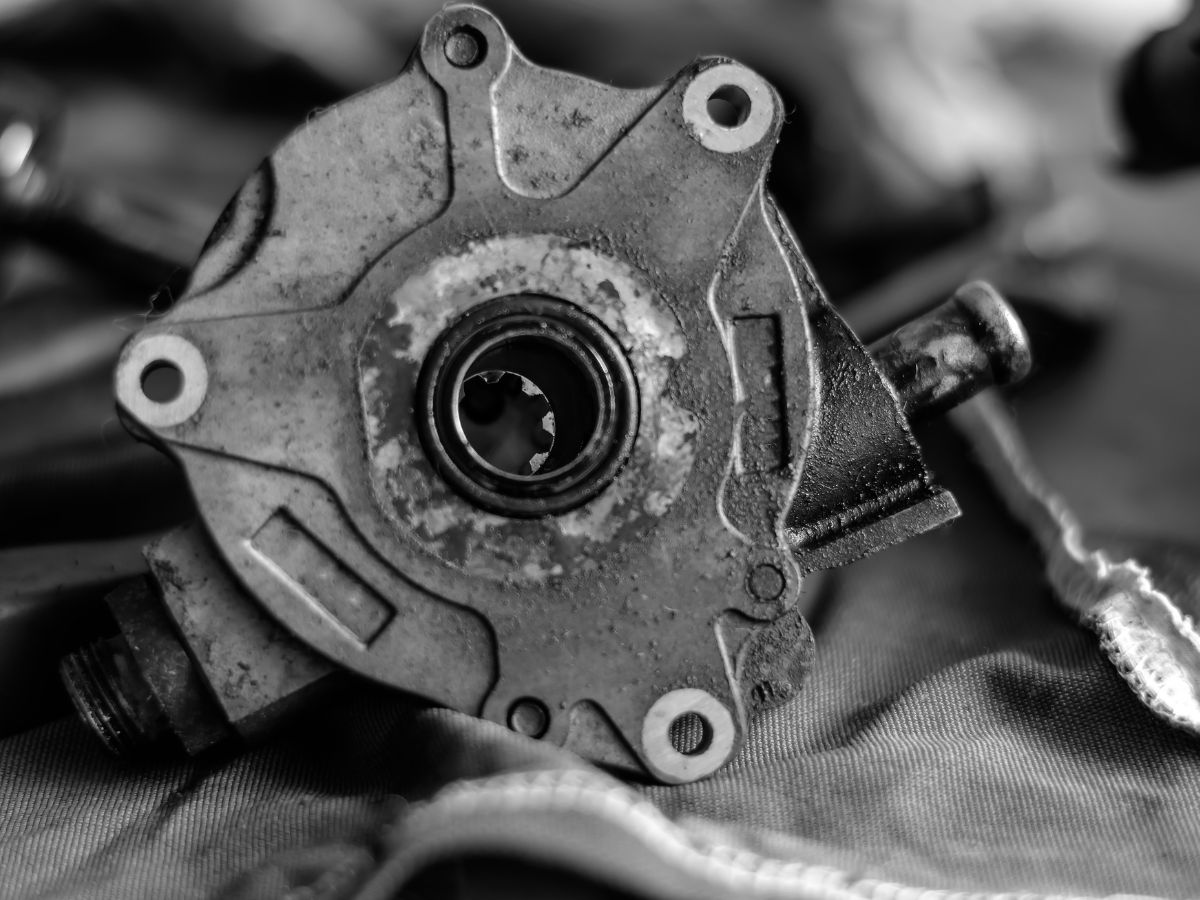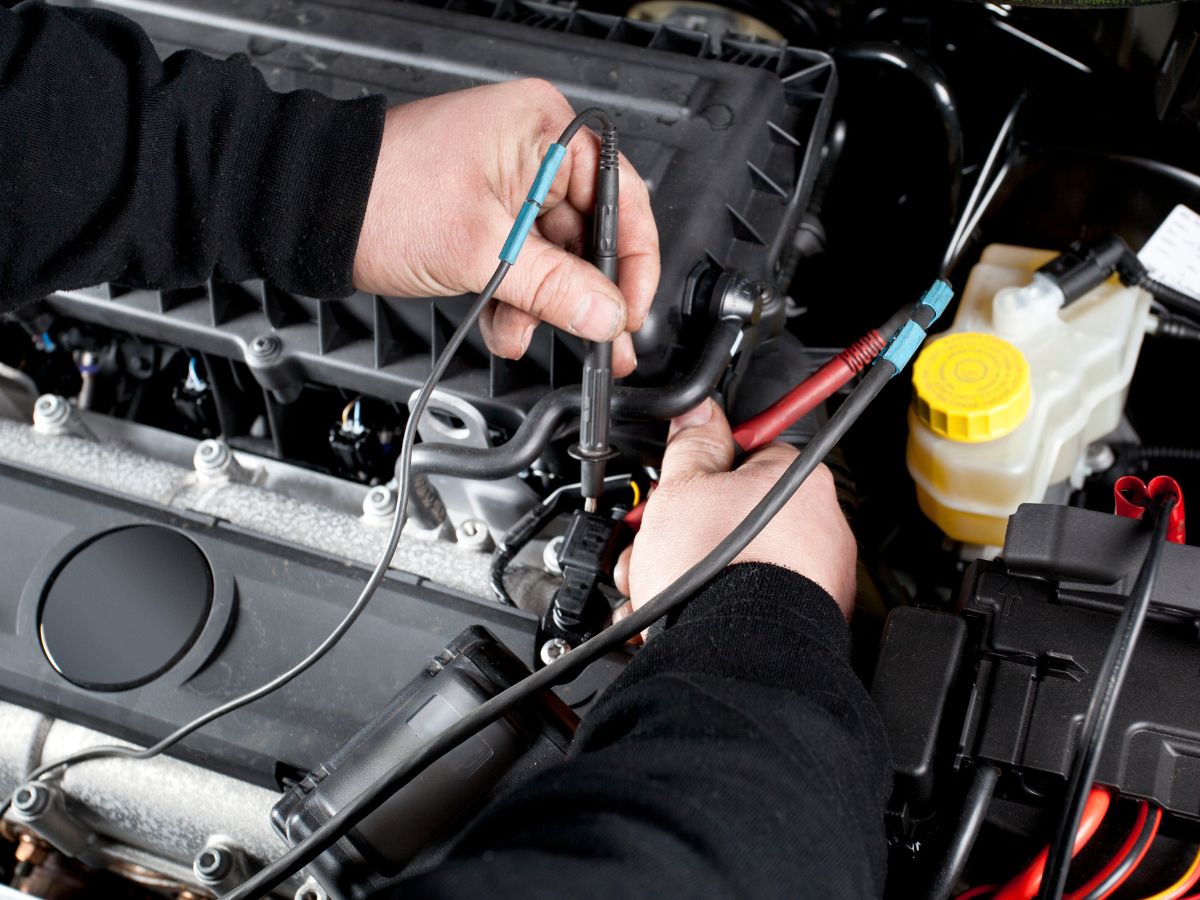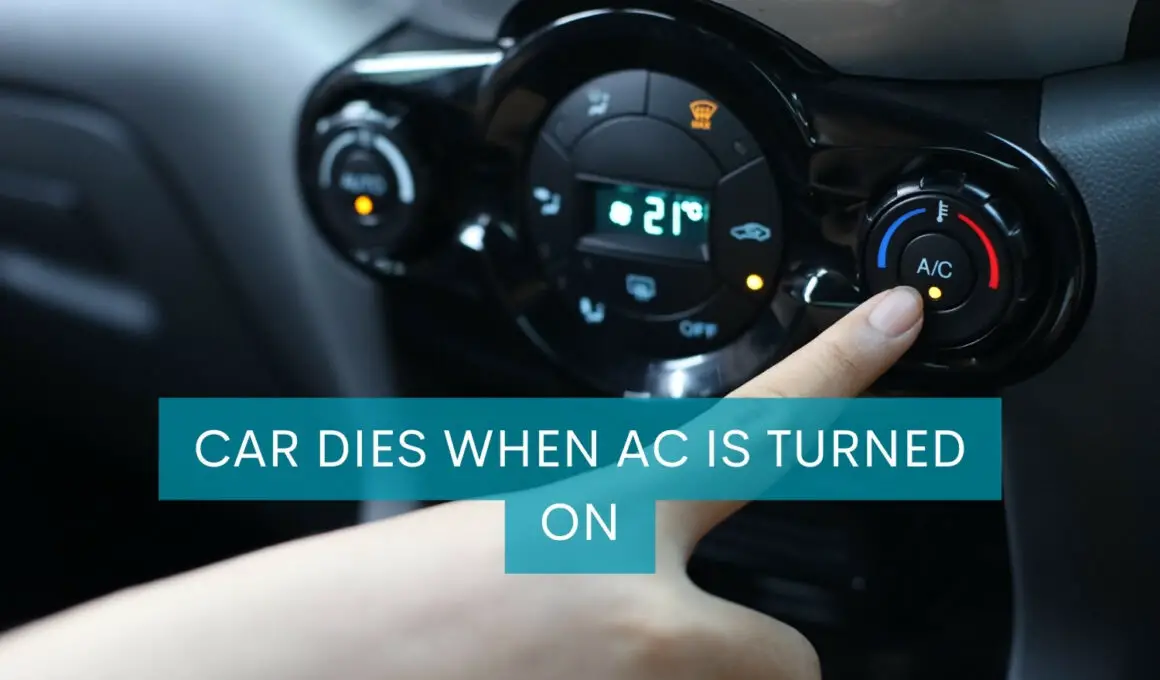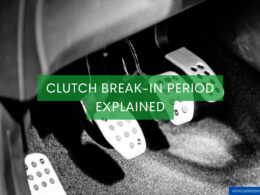In This Article Show
As an experienced mechanic with over a decade of hands-on expertise, I’ve encountered various automotive issues that have puzzled car owners. One of the more common, yet confusing problems is when a car stalls or dies when the AC is turned on. It’s an issue many have experienced, often without any clue as to why or how to fix it.
Imagine this: You’re driving on a sweltering summer day. The sun is beating down, and the heat is relentless. So, naturally, you reach out to crank up the AC. But instead of a gust of cold air, your car abruptly stalls. Frustrating.
But why does this happen? Is it something to be worried about? Most importantly, can you prevent it?
During my 13-year journey in the mechanical field, I’ve gained insights into this perplexing issue. It’s crucial to remember that your car is like a well-orchestrated symphony, with each part playing its role seamlessly. When one part is off-key, it can disown the entire performance. Your car’s AC system is no exception.
In this post, I’ll leverage my professional experience to help you understand why your car might be stalling when the AC is turned on. Additionally, I will guide you through some practical fixes you can undertake at home and advise when it’s time to call professional assistance.
Importance of Understanding Your Car’s AC System
In the vast ecosystem of your vehicle’s operation, the AC system plays a pivotal role, particularly in ensuring your comfort during those scorching summer days or icy winter nights. However, it’s not just about comfort; understanding how this system works can be instrumental in diagnosing issues, like the one we’re discussing – your car stalling when the AC is turned on.
At a high level, the air conditioning system of your vehicle involves a series of components working in harmony. These include the AC compressor, condenser, evaporator, expansion valve, and blend air door. The system’s primary function is to remove the hot air from inside the car, cool it down, and recirculate it back into the cabin.
When you turn on the AC, the compressor, considered the heart of the AC system, kicks into action. It pressurizes the refrigerant, which absorbs heat as it flows throughout the system. This is then expelled out, and the resulting cool air is pushed back into the car.
This operation loads the engine because the AC compressor uses engine power. This is typically a smooth process, but an underlying issue might cause the engine to stall, especially when it’s idling or running at a low speed.
Understanding this fundamental operation equips you with the knowledge to identify potential problems. If your car dies when you turn on the AC, it’s a sign that something is amiss in this system or elsewhere that is impacting the fine balance of your vehicle’s operation.

Common Reasons Why Car Dies When AC Is Turned On
If your car dies when you switch on the AC, it’s a clear signal that something isn’t functioning correctly. Various culprits could be behind this issue, ranging from the AC system itself to other elements within your car. Let’s examine some of the most common reasons:
1. Low Refrigerant Levels
The refrigerant is the lifeblood of the AC system. It absorbs heat from the car’s interior and expels it outside, providing the cool air you enjoy. If the refrigerant levels are low, the AC compressor has to work harder to compensate.
This puts additional strain on the engine, which might cause it to stall, particularly when idling or running at low speed. The cause for this could be a leak or just the natural wear and tear over time.
2. Faulty AC Compressor
The compressor pressurizes the refrigerant and propels it through the AC system. If it’s faulty or damaged, it could impose undue stress on the engine, leading to stalling when the AC is turned on.
Signs of a faulty compressor may include unusual noise when the AC is switched on or off and weak or no cooling.
3. Issues with the Car’s Electrical System
The AC system is integrated with your car’s electrical system. If there are issues such as a weak battery, faulty alternator, or problematic wiring, turning on the AC could trigger stalling.
This is because the AC system needs additional electric power, and if the electrical system is already under strain, it might not be able to support this additional load.
4. Vacuum Leaks
Cars use vacuum lines to control various functions, from HVAC (Heating, Ventilation, and Air Conditioning) systems to brake boosters. A vacuum leak could lead to a rough idle and cause the car to stall, particularly when the engine’s load increases, such as when the AC is turned on.

5. Problematic Idle Air Control Valve
The idle air control valve manages the engine’s operation when it is idling, ensuring a smooth transition between different power demands. If it is faulty or dirty, it could fail to provide enough power when the AC is turned on, causing the car to stall.
Remember, every vehicle is unique, and your car’s issue might not be limited to these common causes. These are starting points for diagnosing the problem.
How to Diagnose a Car that Dies When the AC is Turned On
Diagnosing car issues can often seem daunting, but with some guidance and a bit of patience, you can uncover the underlying problems. Based on my years of experience, I’ll walk you through some of the initial steps to help diagnose why your car may be dying when the AC is turned on:
1. Check the Refrigerant Level
The first step is to inspect the refrigerant level. This can be done using an AC pressure gauge, usually purchased from any auto parts store. Attach the gauge to the low-pressure port of the AC system and read the pressure while the AC is running.
You may be dealing with low refrigerant levels if it’s lower than the manufacturer’s specifications.
2. Inspect the AC Compressor
Listen for any unusual noises when you turn the AC on and off. Strange sounds or weak cooling could indicate a problem with the compressor. Keep in mind that a thorough examination of the compressor might require professional tools and expertise.
3. Examine the Electrical System
Check the battery and alternator for any signs of wear or damage. A simple way to check your battery’s health is by turning on your headlights before starting the engine.
If the lights get significantly brighter after the engine starts, your battery may be weak. You can use a multimeter to check the voltage output for the alternator. You might have a faulty alternator if it’s not within the manufacturer’s specifications.

4. Look for Vacuum Leaks
Vacuum leaks can be trickier to diagnose. One common method is the visual inspection – look for cracked or disconnected vacuum lines.
Another method is to use a can of carburetor cleaner – spray it around the vacuum lines and intake manifold while the engine is running. If the engine idle changes, you may have found your leak.
5. Inspect the Idle Air Control Valve
This valve can get dirty or damaged over time. To inspect it, you’ll need to locate it first – it’s typically situated on the throttle body. Remove it carefully and check for any dirt or debris. If it’s excessively dirty, you might be able to clean it. However, in some cases, it may require replacement.
If you’re not comfortable performing these checks or if they don’t lead to a solution, don’t hesitate to seek professional help. It’s always better to consult an expert when in doubt, to avoid any potential damage to your car.
Possible Fixes for a Car that Dies When AC is Turned On
Once you’ve identified the potential issue causing your car to stall when the AC is turned on, you’re halfway to solving the problem. The next step is to address it. Here are some possible fixes, corresponding to the issues mentioned earlier:
1. Refilling the AC Refrigerant
If the issue is due to low refrigerant levels, you might need to refill it. This can be done using an AC recharge kit available at most auto parts stores. Always remember to follow the manufacturer’s instructions for the correct pressure level. However, if there’s a leak, you might need to get it sealed professionally.
2. Repairing or Replacing the AC Compressor
If the AC compressor is the culprit, it may need to be repaired or replaced.
Repairing a compressor can be a complex task and typically needs professional expertise. It’s a task that involves handling the refrigerant, which requires special equipment and compliance with environmental regulations.
3. Fixing the Car’s Electrical System
If your car’s electrical system is causing the problem, it might need a new battery or alternator. You can perform these tasks if you’re comfortable with basic car maintenance. Otherwise, any professional garage will be able to assist with these replacements.
4. Sealing Vacuum Leaks
If the vacuum lines are the issue, you’ll need to replace the damaged line or seal the leak. This can often be done using a suitable sealant; in some cases, the line might need replacing. If you’re not confident with this, a mechanic can usually handle this quickly.
5. Repairing or Replacing the Idle Air Control Valve
If the idle air control valve is at fault, you might be able to clean it. Remove the valve, clean it with a throttle body cleaner, and then reinstall it. However, if it’s damaged or cleaning doesn’t help, you may need to replace it.
Please remember, while these fixes might seem straightforward if you’re uncomfortable performing them yourself, seeking professional help is always advisable.
When to Seek Professional Help
While being a DIY mechanic can be rewarding and economical, sometimes it’s best to turn to a professional. Here are a few instances when you should consider getting professional assistance:
1. Complexity of the Problem
If the issue is rooted in a complex part of your car, like the AC compressor or the electrical system, it might be beyond the scope of a DIY fix. Professionals have specialized tools and extensive training to handle these intricate tasks safely and efficiently.
2. Unclear Diagnosis
If, after your initial checks, you’re still not certain what’s causing the car to die when the AC is turned on, a professional mechanic can perform a comprehensive diagnostic check. They have experience spotting signs of wear and tear that may not be obvious to the untrained eye.
3. Handling Refrigerants
A professional should be involved if your car’s issue is related to the refrigerant in the AC system. Handling refrigerants requires special tools and training. Furthermore, there are environmental regulations around the disposal of refrigerants that need to be adhered to.
4. Safety Considerations
Some car repairs can pose safety risks if not handled correctly. If you’re unsure about any aspect of the diagnosis or repair process, consulting with a professional is always safer to avoid personal injury or further damage to your vehicle.
5. Time Constraints
While DIY fixes can save money, they do take time. If you’re under time constraints or if the problem requires urgent attention, seeking professional help can expedite the process.
Wrapping it up
In conclusion, having a car die when the AC is turned on can be a perplexing problem. However, with some basic understanding, a bit of patience, and the right approach, it’s a problem that can be solved.
Whether you fix it yourself or enlist professional help, diagnosing and addressing the issue promptly can ensure that you can turn on your AC and enjoy your drive, no matter how hot the day.













